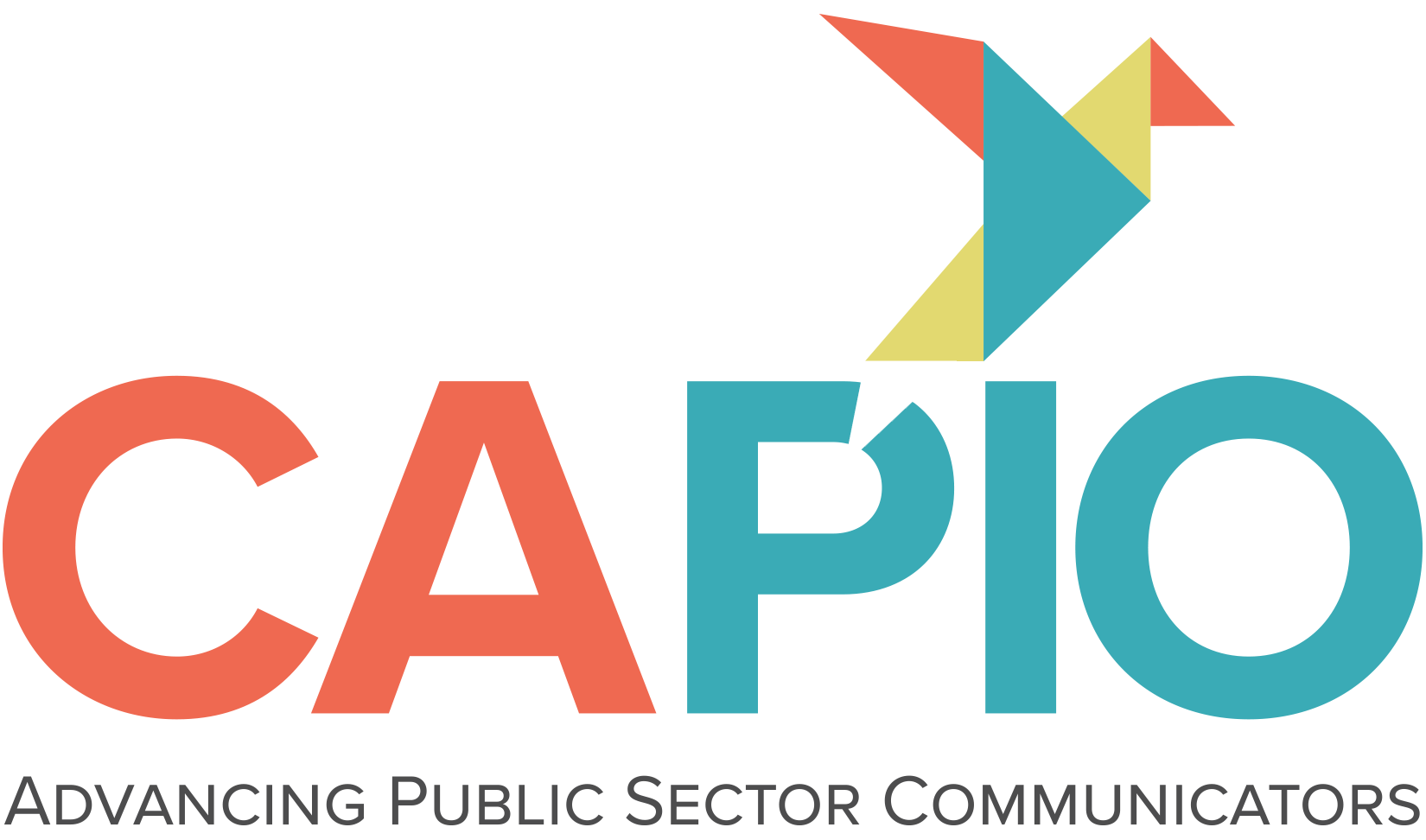Trend forecast for 2024: Improving local government communication with fewer resources
By JPW Communications – CAPIO Diamond Annual Partner
Over the last several months, JPW has been meeting with local government leaders from cities, counties, water agencies and special districts throughout the state to learn more about what’s keeping them up at night. Our aim was to understand these emerging issues in order to develop strategic and creative solutions to help solve them.
While the specifics varied from agency to agency, one theme connected every conversation: the need to do more with less.
We learned there are two competing factors that make this true.
First, resources are tighter than ever. Issues like flat tax revenues, increased costs of services and unfunded state mandates are pinching government pocketbooks. At the same time, these issues are complex and highly technical – something that ironically requires more explanation and outreach.
Second, audiences expect highly targeted, customized, timely and relevant information through their preferred mode of communication, which is a moving target as the spectrum of available tools, tactics and platforms continues to evolve.
So, what’s a communicator to do?
Here are four simple tips to help you meet this challenge in 2024 and beyond:
- Start with a strategy. Before you begin producing a trifold or creating a video, first think about what your goals are, who you need to reach and what you want them to know or do. This step is easy to forget when there is a sense of urgency driving the communication need. JPW always recommends starting first with the end in mind and envisioning what success looks like. From there, it’s much easier to work backwards, selecting the strategies and tactics you need to achieve your audiences and your goals.
- Be the source of truth. Topics like rate adjustments, tax increases and new regulations invite debate, discussion and disagreement. You have a role to play as the hub of accurate information. As the details shift, lean on your owned communications channels (website, email, social media, collateral) to house updated information. This can help you minimize misinformation, cultivate trust with your communities and keep everyone informed.
- Collaborate with community partners. Many of our clients note that connecting with harder to reach audiences within their communities is an ongoing challenge. We find language preference, technology use and trust in government are the top three barriers when identifying audiences who may need a different outreach approach. A proven solution to this challenge is forming partnerships with trusted community-based organizations, like schools, non-profits or religious groups who can help reduce barriers, facilitate introductions and reset expectations between an agency and the people it serves.
- Keep momentum rolling. With so many milestone moments ahead, we think it’s important to build trust early and often through the little touchpoints. Build momentum and confidence for your communication channels today, so they’ll be ready when you need them in the future. It’s been said that communicators should not waste a good emergency, but we think it’s better to not waste a good success. The end goal should always be increased trust between you and your audiences, and each project, process and post is an opportunity to earn it.
And remember, you don’t have to go it alone!
If you’re launching a sales tax measure, studying a rate adjustment, or planning for a new era of public engagement, JPW is here to help. As a team build by former local government communicators, we understand what it means to do more with less and we have the first-hand experience to guide you towards success.
In fact, we’re offering CAPIO members a complimentary 30-minute consultation in the months of January and February to discuss what’s keeping you up at night. You can book time with us by simply clicking here.
We also have some recent case studies that outline how we’ve helped other clients succeed with similar undertakings.
Here’s to a bright and successful new year!

